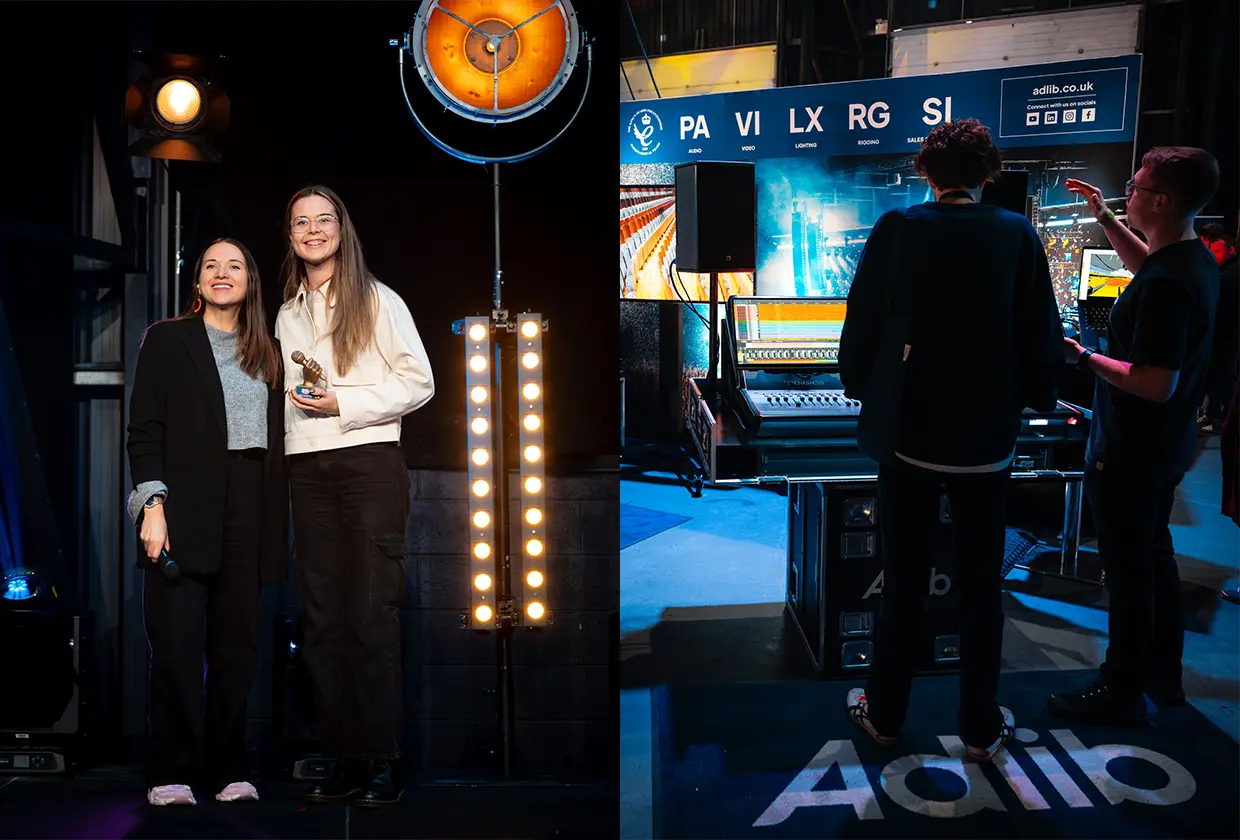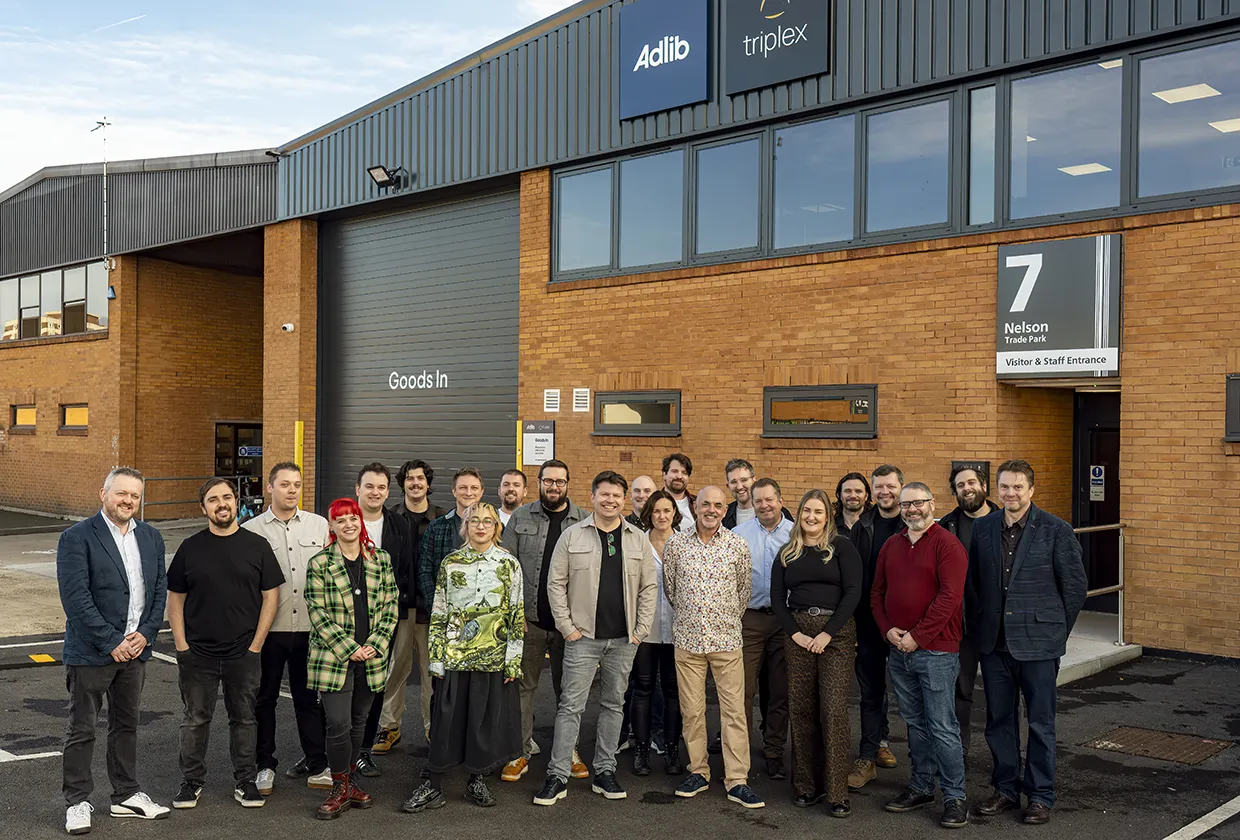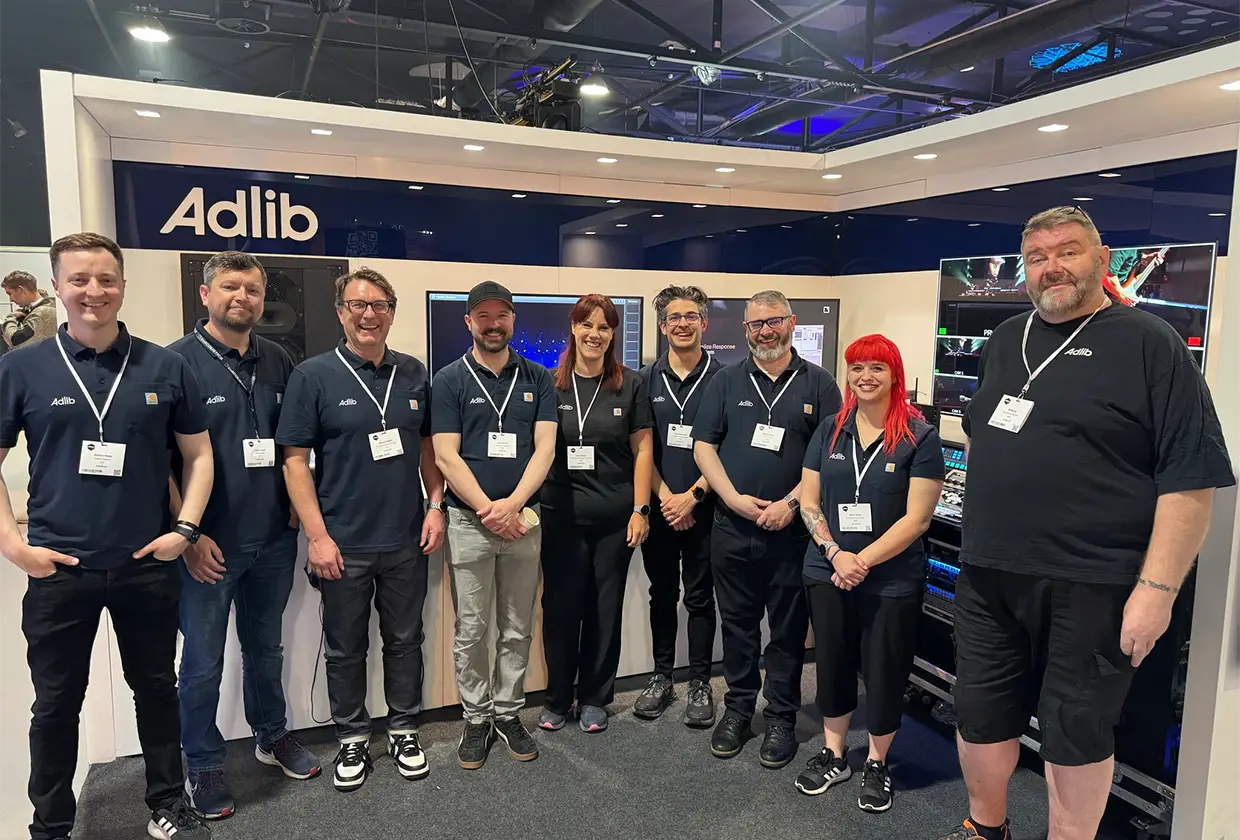Flawless audio and crisp video can make or break an event. That’s why having a properly installed audio-visual (AV) system is critical. This article will explain what AV installation entails, the key components involved, and how to set up robust AV in churches and other venues.
With an optimised configuration, it can elevate production quality and audience experience. Conversely, a subpar setup can undermine performances and engagement. That’s why expert planning and integration are so vital.
We’ll explore the definition and benefits of commercial-grade AV systems. Then, we’ll review key steps for installation success. Finally, we’ll cover examples of houses of worship and other venues to showcase specialised needs per application.
Definition and Overview
An AV installation refers to the methodical process of designing, integrating, and configuring audio and video equipment in a facility. This produces a cohesive infrastructure to manage multiple media inputs and outputs.
The main components of an AV setup include:
• Loudspeakers to amplify speech and music
• Mixers & amps to control and power sound
• Microphones for vocals and instruments
• Projectors & displays for multimedia visuals
• Control systems to switch inputs and operate devices
Robust AV capabilities provide venues with benefits like:
• Speech reinforcement for better intelligibility
• Ability to playback high-quality audio and video
• Professional lighting designs to set the ambience
• Recording options to document events
• Simple and consistent control of media equipment
Altogether, thoughtfully designed AV installation facilitates impactful performances, events, and environments. Next, let’s explore the workflow for expert configuration.
Setting Up an AV Installation
Bringing an AV vision to life requires careful coordination across various stages. Let us explore these steps.
Performing a Site Survey
The first step entails fully analysing the environment and space requirements. This allows an integrator to identify potential challenges. They also gather exact room measurements to inform equipment selections and positioning.
It’s critical to assess factors like structural elements thoroughly. What does power access look like? How about the lighting conditions and ambient noise? Precise data collection sets the stage for AV design optimisation.
Wall surface materials influence appropriate acoustic treatment - for example. And bare concrete surfaces require sound-dampening panels. The surveyor confirms sufficient electrical capacity and routes to supply AV gear. Lighting plans may highlight projector screen positioning conflicts.
Careful site analysis also prevents issues like noisy HVAC interference and dangerous cable runs. It's tedious but essential work!
Designing the AV System
With a comprehensive understanding of the space and intended uses, AV experts select the best equipment for you.
An integrator might map out the required loudspeaker models and exact mounting locations. The end goal is always flawless coverage. They specify dead boxes, reflectors, and other acoustic treatments to optimise listening conditions. Control system programming tailors button panels and touch screens to match room labelling.
Additional AV design considerations include budget constraints. You might also prioritise:
● Ease of use
● Storage access
● Aesthetic blending
● Future expandability
Approving schematics before installation prevents delays and changes orders down the line.
Installing the Equipment
At last, professional AV riggers use the installation plans and design to systematically mount all the equipment. They also neatly run cabling through conduits to connect source equipment to endpoints.
Careful mounting and wiring ensure clean aesthetics. It also allows for necessary maintenance and iterations.
For example,
● Speakers anchor to structural beams via custom brackets and suspension wires.
● Routing audio cables above drop ceilings or through floor trenches keeps them out of sight.
● Low-voltage connectivity facilitates expanding DSPs and control processors later.
● Displays mount using articulating arms, allowing tilt and swivel adjustments.
● Rack equipment is secured to welded rails so it can slide out for access yet withstand vibration.
● Cable labelling and colour coordination streamline debugging and changes.
After installation, AV technicians test microphone sensitivity, loudspeaker coverage, and video fidelity. They verify seamless source switching, preset recall, remote triggers, and more during commissioning.
Commissioning the System
The last effort entails balancing and tuning the equipment to optimise quality and ease of use. This means equalising loudspeakers and establishing presets. They can set default volumes and confirm that distortions are minimised. Users receive hands-on education so they can operate the new AV system capably.
For example, the integrator gauges appropriate gain levels across inputs like podium mics. They enable automatic feedback suppression. Or confirm video colour accuracy for select visual components.
The client then gets guided training on execution. Inmost cases, post-deployment support ensures long-lasting, satisfying experiences.
With methodical planning, installation, and configuration, venues benefit tremendously from elevated production capabilities.
AV Applications and Setup Considerations
While general AV principles apply broadly, requirements vary across unique venue types. Churches, schools, convention centres, and more have tailored priorities. Let's explore some real-world examples.
Houses of Worship
For many religious centres, high-functioning yet intuitive AV plays a major role. Worship facilities often utilise church AV installation for speech reinforcement. For example, during church audio installation, we want overflow crowds and the hard-of-hearing to clearly hear messages. Not to mention gospel music, which benefits from crisp, clear sound.
As for church video installation, AV also helps with multimedia like song lyrics, scripture slides, or baptism footage. Beyond the score functionalities, modern houses of worship also live stream events. They may upload content online or produce podcasts with it. Integrated AV infrastructures future-proof growth and outreach.
Proper loudspeaker, display, and control system positioning streamlines engagement:
• Loudspeakers configured to provide even coverage without hotspots or dead zones
• Mixer and computers located for easy access by volunteers running sound
• Projectors/displays mounted for comfortable viewing without shadows or glare
For example, we may suspend loudspeaker arrays to cover aisle seats evenly instead of just centre pews.
Special Factors to consider
Houses of worship also value:
• Intuitiveness allowing volunteers with limited expertise to operate AV through guided interfaces
• Flexibility to accommodate varied sermons, guest speakers, and worship sets
• Reliability to prevent disruptions year after year from tough use cases
Educational Facilities
For schools and universities, AV integration powers multifaceted learning through tools like video conferencing. Interactive displays combining whiteboards, annotation, and touchscreens are another necessity in modern education. Of course, that includes multimedia playback from any device - wired or wireless.
With students across varying age groups, durable yet forward-thinking AV is key. Installation experts analyse pedagogical goals to equip spaces accordingly. They pay special attention to positioning displays or visibility, mounting projectors to avoid conflicts and wiring desktop speaker systems.
Typical AV Needs
To facilitate immersive learning, modern educational facilities require AV systems to:
• Present multimedia lectures with clear video and audio
• Share content wirelessly from laptops, tablets, and phones
• Annotate on interactive monitors and smart boards
• Capture and replay classes for on-demand learning
• Future upgradability as technologies advance over5-10 years
Well-designed educational AV removes friction to information sharing. It expands what’s possible for students to create, explore and learn.
Museums
Museums also have unique AV needs to enrich exhibits with immersive sights and sounds. Museum AV installation means tailoring systems to showcase distinct collections spanning art, history, science, and more.
Typical museum AV capabilities include audio-visual exhibits blending imagery, video, and spatial sound. Digital signage and wayfinding can also help guide visitors to key attractions. Similarly, 3D projection is used as a mapping for interactive spaces. Some establishment shave auditoriums for lectures, films, and presentations.
The goal of this installation is to make visitors feel immersed in the experience. An art museum can leverage in-gallery sound design with focused zoning. Guests listening to a curator overview now won’t disturb others enjoying installations.
Museum AV also necessitates rugged, tamper-proof hardware to withstand heavy crowds. Weatherised outdoor displays and speakers ensure enduring performance in courtyards and sculpture gardens. High-resolution projectors facilitate viewing even in well-lit lobbies and halls.
Finally, flexible AV control software to easily update exhibit content
Theatres
Performing arts theatres demand pristine yet flexible AV infrastructures to captivate audiences show after show. Tailored configuration options empower swift switching between varied performances with specialised needs.
Naturally, sound reinforcement with adjustable coverage patterns is a must. Sound must come through clearly for the audience to appreciate the spectacle. State-of-the-art theatrical lighting for dynamic yet repeatable control plays a similar role.
Before the show even starts, lobby infotainment, like digital menu boards and ticket info, adds to the experience. And for the performers, onstage foldback mixes enable them to hear audio cues clearly.
Special Considerations
Other theatre AV priorities include:
• Portable, modular gear allowing efficient show changeovers
• Dante or AVB networking between disparate components
• Multi-track recording from microphones and mixing consoles
• Expandable infrastructure as productions get more ambitious
Theatres constantly balance pushing creative boundaries with practical show economics. While each act and genre poses distinct needs, thoughtfully designed AV removes technology barriers to inspire artists and audiences alike.
Hospitality
Then, we have hospitality environments like hotels, conference centres, casinos, and luxury resorts. Hospitality AV installation requires intuitive yet reliable AV underpinning flawless events while showcasing modern amenities. Guest room integration further differentiates properties by blending entertainment, automation, and connectivity.
Hospitality AV facilitates guest experiences through tools like background music distribution via specialised DSP. In-room entertainment, like casting and streaming, is also a common offering. In some cases, there may be a ballroom or conference centre that requires fully integrated AV, like video and audio conferencing capabilities.
Digital signage is a common element of hospitality AV as well. It'll need wayfinding and event promotion in many use cases. Through it all, software dashboards facilitate venue-wide administration.
Special Considerations
• Easy self-serve operation by non-technical users
• Enterprise management software across locations
• Optimising AV utility while maintaining brand aesthetics
Live Event Venues
Finally, let’s consider the unique needs of arenas and stadiums hosting live programs. Production roles like sound engineers and lighting designers rely on specialised AV installation to showcase world-class talent.
The ability to customise advanced audio processing and theatrical lighting scenes is paramount. Digital mixing consoles and LED stage lights offer immense flexibility. Additional factors like portability, ruggedness and expandability also come into play for venues accommodating diverse events.
Typical AV needs to bring captivating live shows to life with AV capabilities like:
• Multi-zone sound reinforcement with precise coverage
• Broadcast-ready cameras and switchers
• Advanced theatrical lighting with dynamic effects
• Giant video displays viewable from any seat
• Expansive connectivity to interface diverse gear
This provides the building blocks for spectacular fan experiences with crystal-clear audio, smooth camera transitions and dazzling visuals.
Conclusion
In summary, AV installation requires intersectional expertise. The above industries can tap into production potential through AV system design and integration. With equipment optimised for their needs, creative expression and community connection flourish.
As your trusted technology partner, Adlib offers AV equipment available for purchase or rental. Our team handles professional project management. That means everything from consultation, design, and installation to ongoing maintenance. We take care of the hard work so your venue can focus on delivering exceptional programs for years to come.
Get in touch to see how we can help elevate your next event or initiative through impactful audio, video and lighting!
FAQ
How much does it cost to have a sound system in the church?
Commercial-grade installed church AV systems start round x depending on room size, acoustic treatment needs and intended functionality. Larger, multi-use spaces often range from x to x Ongoing tuning and maintenance are also advised.
What makes for good acoustics in a church?
Minimise echo and amplification through sound-absorbent materials like specialised wall/ceiling panels and window coverings. Carpeted floors also absorb noise versus tile or wood. Diffusive surfaces help blend sound naturally.
What equipment is needed for a church sound system?
Loudspeakers, subwoofers, a mixer, microphones and cabling comprise the core components. You may also need effects, recording devices, assistive listening distribution, and paging abilities. Control system, DSP and amps anchor it all.
How do you position a PA system?
Point loudspeakers towards the audience area using the correct angles for the room shape. Place subs according to manufacturer's guidance - often middle back wall. Ensure sight lines remain clear.
Where should PA speakers be placed?
Mount them above head height with proper spacing. You want the sound to project evenly across the room without interfering with echoes. Position monitors at ear level facing talent. Consider suspended arrays.
How to set up a church sound system?
Strategic loudspeaker placement for even coverage, acoustic treatment, and a centrally located mixer for controlling sound sources provide the foundation. Connect microphones, effects, recording devices and more.
What is the best sound system for a church?
QSC, JBL, Electro-Voice, L-Acoustics, Allen & Heath and Yamaha are examples of reputable professional sound brands tailored for house of worship AVL needs.













.png)